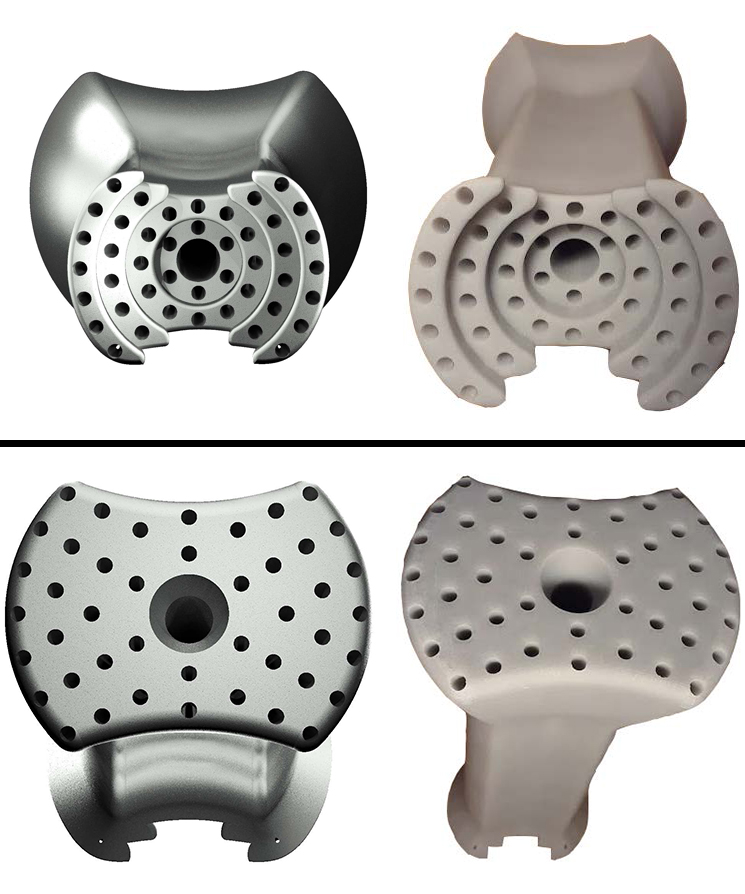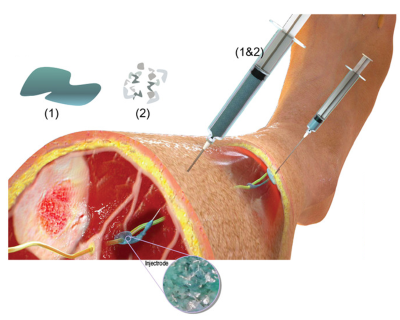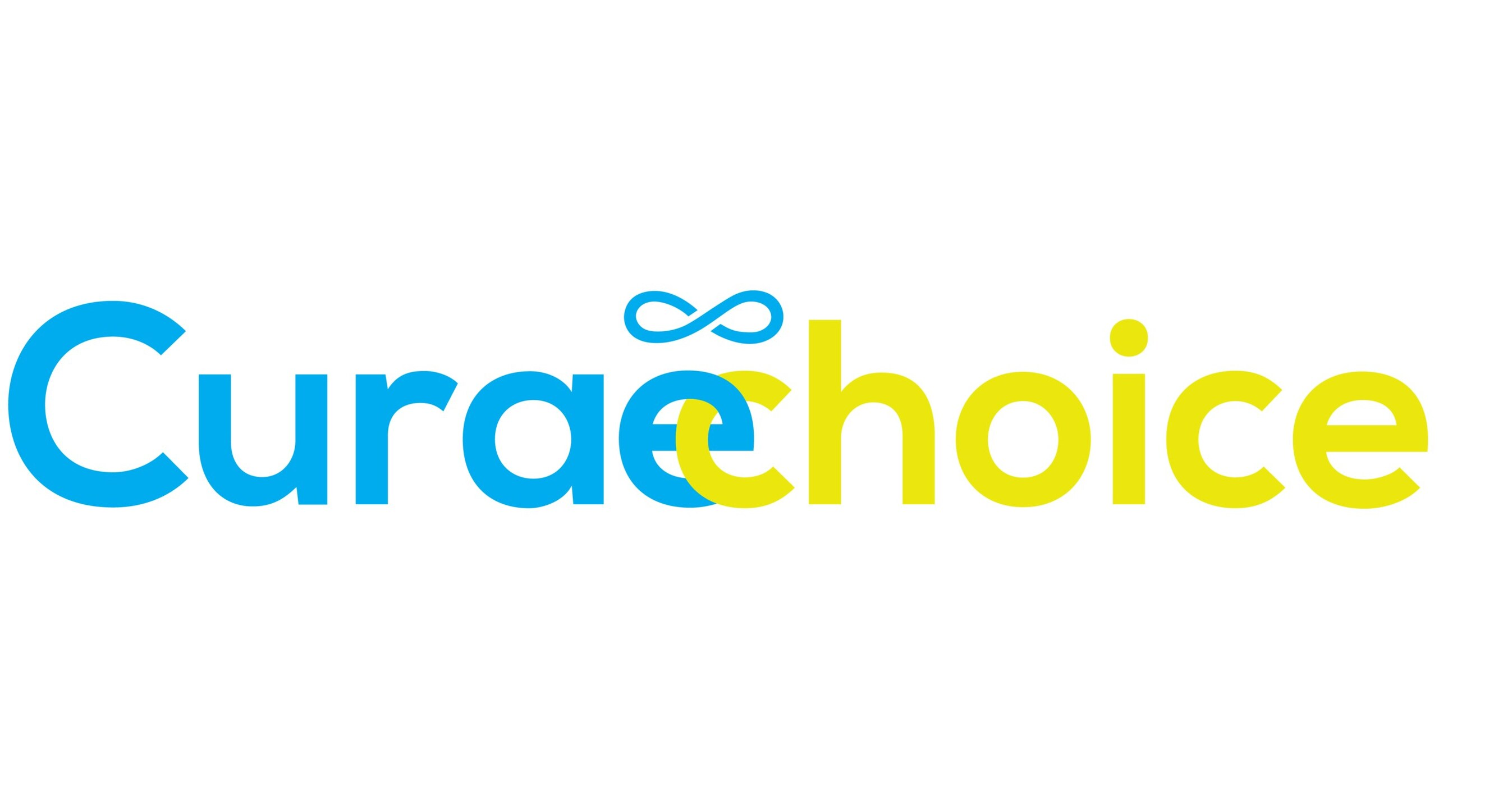Winners of the National Institutes of Health’s ninth annual Design by Biomedical Undergraduate Teams (DEBUT) challenge developed simple, low-cost diagnostics and treatments for conditions such as tuberculosis, cervical cancer, birth defects, and onchocerciasis (river blindness). The DEBUT Challenge, with prizes worth $100,000, is supported by the National Institute of Biomedical Imaging and Bioengineering (NIBIB), the National Institute on Minorities and Health Disparities (NIMHD), and the NIH Office of AIDS Research, parts of the NIH, and VentureWell, a nonprofit higher education network that cultivates breakthrough ideas and promising inventions.
DEBUT received 86 applications from 46 universities in 20 states, involving a total of 410 students this year. NIBIB selected three winning teams for designs that excel based on four criteria: the importance of the problem being addressed; the impact on clinical care; design innovation; and the existence of a functional prototype. The awards will be presented in an online ceremony at the Biomedical Engineering Society (BMES) annual conference on October 15, 2020.
“This year’s DEBUT challenge winners show how students with a new perspective can develop innovative technologies that are low-cost and easy to use, yet can solve complex health challenges,” said Bruce Tromberg, Ph.D., director of the NIBIB. “It’s exciting to see the next generation of biomedical engineers tackling these problems and how their unique skills and perspectives can make medical technology better, faster and less expensive.”
NIBIB’s first prize, the $20,000 Steven H. Krosnick Prize, went to the Oncoscope. The team at Stanford University, California, developed a low-cost microscope that could help diagnose onchocerciasis, often called river blindness, a parasitic disease that causes extreme itching and eventually blindness. It affects more than 20 million people worldwide. The oncoscope has the ability to diagnose the disease more accurately than the current standard of care and can also be used to monitor parasite load over time to evaluate the effectiveness of treatment.
The second prize of $15,000 went to a team from the University of Washington, Seattle, for the development of an osmotic concentrator of urinary biomarkers to diagnose tuberculosis (TB). Confirming a diagnosis of tuberculosis involves invasive sputum sampling, which can be difficult for children and immunocompromised people. A urine test would be cheaper and easier to perform. However, because urine is 95% water, there are currently no tests that are sensitive enough to accurately diagnose tuberculosis. This new device concentrates urine so that biomarkers can be detected using lateral flow strip testing.
The third prize of $10,000 went to Duke University, Durham, North Carolina, for a low-cost silo used to help save the lives of babies in sub-Saharan Africa who suffer from gastroschisis, a birth defect in which the intestine develops outside the baby’s body. The silo is a plastic bag with a semi-rigid opening that is used to protect and contain the baby’s internal organs until they can be reintroduced into the abdomen. Children in high-income countries who suffer from gastroschisis have a survival rate of over 95%. However, babies in sub-Saharan Africa have a survival rate of less than 10%. Often this is because they don’t have a dedicated silo for the intestines and instead end up using an IV fluid bag or even an exam glove. The device is an affordable alternative that costs less than five dollars and could help dramatically increase the survival of children suffering from gastroschisis.

The NIH also awarded two additional awards of $15,000 each. The first, from OAR, was awarded to CytoScope at Johns Hopkins University, Baltimore. The CytoScope is a low-cost microscope that is capable of rapidly analyzing blood samples to monitor the progression of HIV and warn the patient if the disease has progressed. The relatively low cost of this microscope could help expand HIV/AIDS monitoring, especially in low-income areas. The second award, awarded by NIMHD, for the innovative “At Your Cervix” universal brachytherapy applicator was presented by Rice University. This is a low-cost 3D printed device that could help expand treatment for late-stage cervical cancer in areas where medical providers do not have the training or experience to administer brachytherapy (radioactive implants).
VentureWell selected two more teams based on two additional criteria: market potential and patentability. The $15,000 VentureWell award went to NeuroTrak, a project at Columbia University in New York. The NeuroTrak is designed to constantly collect real-time electroencephalography (EEG) data to monitor focal seizures with altered consciousness (FIA). It may increase the accuracy of seizure information compared to self-reported data and may help clinicians make more informed treatment decisions.
The VentureWell Award for Design Excellence awarded $5,000 to a team at Stanford University, California, that developed a urine dipstick test to detect acute kidney injury. Early detection of kidney injury from conditions such as drug-induced nephrotoxicity, septic shock, or dehydration can increase the chances of survival by up to five times. This test is a rapid, low-cost way to detect kidney injury, especially in low-income settings where there may not be adequate testing resources.
“This year’s DEBUT Challenge winners demonstrated resilience and creativity by creating innovative approaches to address important medical needs despite the challenges of adapting to COVID19 restrictions, often working from home and communicating remotely with their teammates,” said Phil Weilerstein, president of VentureWell. “Their impressive work reveals them to be the entrepreneurial engineers and design innovators the world needs.”
###
About the National Institute of Biomedical Imaging and Bioengineering (NIBIB): NIBIB’s mission is to improve health by leading the development and accelerating the application of biomedical technologies. The Institute is committed to integrating the physical and engineering sciences with the biological sciences to advance basic research and healthcare. NIBIB supports research and development of emerging technologies within its internal laboratories and through grants, collaborations and training. More information is available on the NIBIB website: https://www.nibib.nih.gov
The Office of AIDS Research, part of the Office of the Director, plans and coordinates the scientific, budgetary, legislative, and policy elements of the NIH AIDS research program. Additional information, including the trans-NIH strategic plan and budget, is available at http://www.oar.nih.gov.
NIMHD leads scientific research to improve minority health and eliminate health disparities by conducting and supporting research; plan, review, coordinate, and evaluate all research on minority health and health disparities at NIH; promote and support the formation of a diverse research workforce; translate and disseminate research information; and foster collaborations and partnerships. For more information about NIMHD, visit www.nimhd.nih.gov.
About the National Institutes of Health (NIH): NIH, the nation’s medical research agency, includes 27 institutes and centers and is a component of the U.S. Department of Health and Human Services. NIH is the primary federal agency that conducts and supports basic, clinical, and translational medical research, and is investigating the causes, treatments, and cures of common and rare diseases. For more information about NIH and its programs, visit www.nih.gov.



